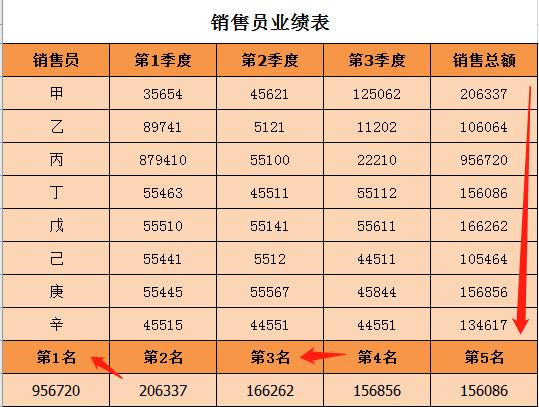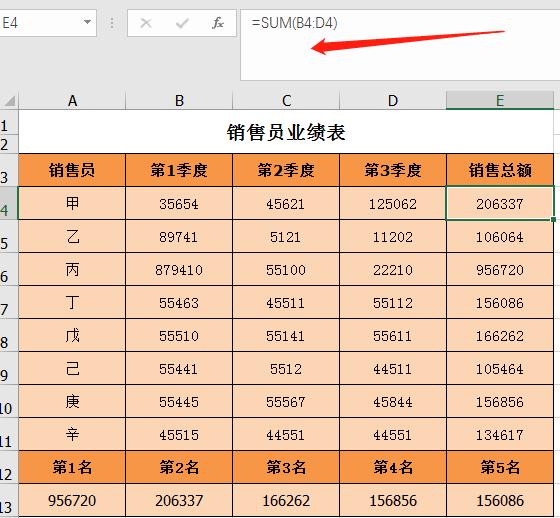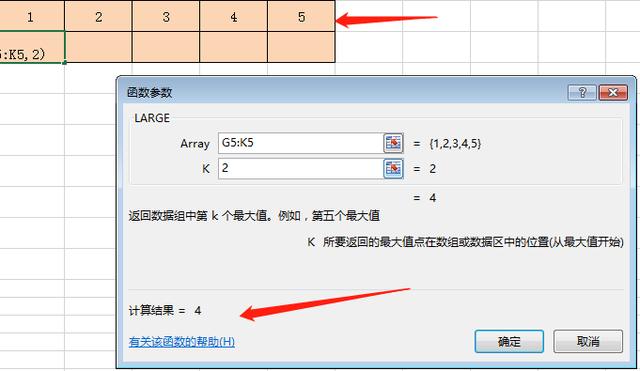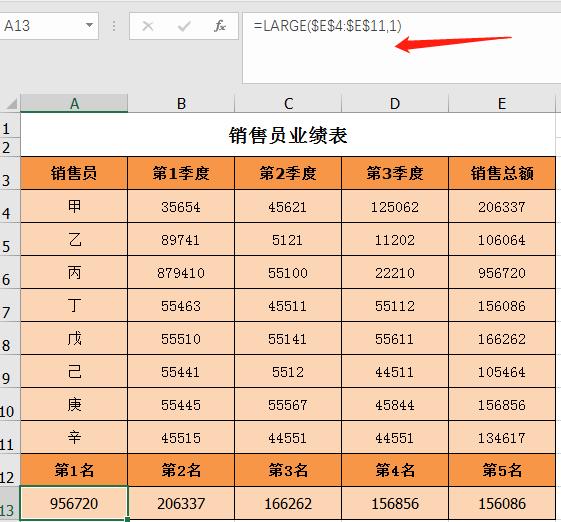当然可以,以下是一个手写的Python函数np.histogram:
```python
def histogram(a, bins=10, range=None):
"""
Compute the histogram of a set of data.
Parameters
----------
a : array_like
Input data. The histogram is computed over the flattened array.
bins : int or sequence of scalars or str, optional
If `bins` is an int, it defines the number of equal-width bins in the
given range (10, by default). If `bins` is a sequence, it defines a
monotonically increasing array of bin edges, including the rightmost
edge, allowing for non-uniform bin widths.
.. versionadded:: 1.11.0
If `bins` is a string from the list below, `histogram` will use the
method chosen to calculate the optimal bin width and consequently the
number of bins (see `Notes` for more detail on the estimators) from
the data that falls within the requested range. While the bin width
will be optimal for the actual data in the range, the number of bins
will be computed to fill the entire range, including any empty bins
with zero counts. Here are the possible values for the `bins` string:
'auto'
Maximum of the 'sturges' and 'fd' estimators. Provides good
all-around performance.
'fd' (Freedman Diaconis Estimator)
Robust (resilient to outliers) estimator that takes into account
data variability and data size.
'doane'
An improved version of Sturges' estimator that works better with
non-normal datasets. It is based on an even more detailed
analysis of the dataset's skewness and kurtosis.
'scott'
Less robust estimator that that takes into account data variability
and data size.
'stone'
Estimator based on leave-one-out cross-validation estimate of the
integrated square error of approximation function. Can be regarded
as a generalization of Scott's rule.
More estimators are available in the `scipy.stats` module.
.. versionadded:: 1.13.0
range : tuple or None, optional
The lower and upper range of the bins. Lower and upper outliers are
ignored. If not provided, `range` is ``(a.min(), a.max())``. Range
has no effect if `bins` is a sequence.
If `bins` is a sequence or `range` is specified, autoscaling
is based on the specified bin range instead of the range of x.
Returns
-------
hist : ndarray
The values of the histogram. See `density` and `weights` for a
description of the possible semantics.
bin_edges : ndarray
Return the bin edges ``(length(hist)+1)``.
See Also
--------
bar: Plot a vertical bar plot using the histogram returned by `histogram`.
hist2d: Make a 2D histogram plot.
histogramdd: Make a multidimensional histogram plot.
``scipy.stats.histogram``: Compute histogram using scipy.
Notes
-----
All but the last (righthand-most) bin is half-open. In other words, if
`bins` is ``[1, 2, 3, 4]``, then the first bin is ``[1, 2)`` (including 1,
but excluding 2) and the second ``[2, 3)``. The last bin, however, is
``[4, 4]``, which includes 4.
References
----------
.. [1] https://en.wikipedia.org/wiki/Histogram
Examples
--------
>>> np.histogram([1, 2, 1], bins=[0, 1, 2, 3])
(array([0, 2, 1]), array([0, 1, 2, 3]))
>>> np.histogram(np.arange(4), bins=np.arange(5), density=True)
(array([0.25, 0.25, 0.25, 0.25]), array([0, 1, 2, 3, 4]))
>>> np.histogram([[1, 2, 1], [1, 0, 1]], bins=[0,1,2,3])
(array([1, 4, 1]), array([0, 1, 2, 3]))
"""
a = np.asarray(a)
if not np.isfinite(a).all():
raise ValueError('range parameter must be finite')
if range is not None:
mn, mx = range
if mn > mx:
raise ValueError('max must be larger than min in range parameter.')
if not (np.isfinite(mn) and np.isfinite(mx)):
raise ValueError('range parameter must be finite.')
keep = (a >= mn) & (a <= mx)
if not keep.any():
return np.zeros(bins, dtype=np.intp), np.asarray([mn, mx])
a = a[keep]
if bins is not None:
bins = np.asarray(bins)
if (np.diff(bins) < 0).any():
raise ValueError('bins must increase monotonically.')
if len(bins) == 1:
if np.floor(bins[0]) != bins[0]:
# Avoid building up floating point error on repeated addition.
widths = np.full(bins, (bins[0] - 0.5), dtype=np.float_)
widths[0] = bins[0] - 0.5
else:
widths = np.full(bins, bins[0]-0.5, dtype=np.float_)
bins = np.arange(len(widths)+1, dtype=np.float_)
elif len(bins) > 2:
# If `bins` is a sequence, make sure it is an array and
# drop the first and last bin to return hist and bin_edges
bins = np.asarray(bins)
if (np.diff(bins) < 0).any():
raise ValueError('bins must increase monotonically.')
# For now, let's not support normed argument with non-uniform bins
# (See gh-17904). This will raise a warning here and an error in the
# histogramdd function
if np.any(bins[1:-1] != np.around(bins[1:-1])):
warnings.warn(
"normed argument is ignored when non-uniform bins are used.")
keep = (bins[:-1] != bins[1:])
if np.sum(keep) < len(bins)-1:
# Some bins are non-empty.
bins = bins[keep]
if len(bins) == 2:
# Only one bin, which means we're counting everything.
return np.array([len(a)]), bins
else:
# This will ensure that we have len(bins)-1 bins.
bins = np.concatenate(
[bins[:1], bins[1:][keep], bins[-1:]])
widths = np.diff(bins)
else:
# All bins are empty.
return np.zeros(len(bins)-1, int), bins
else:
# len(bins) == 2.
widths = bins[1] - bins[0]
else:
bin_size = 1.0
if a.size > 0:
bin_size = 1.01 * (a.max() - a.min()) / a.size
bins = np.arange(a.min(), a.max() + bin_size, bin_size)
widths = np.diff(bins)
# We iterate over blocks here for two reasons: the first is that for
# datasets with large numbers of bins, it is much faster to loop over the
# blocks than to use fancy indexing to add contributions to the bins.
# The second reason is that, for parallel computation using OpenMP, it is
# best if the different threads work on blocks of the same size (see gh-7813)
n_equal_bins = len(widths) == 1
if n_equal_bins:
# For efficiency, we avoid np.digitize and compute the bin indices
# directly as an integer array. The minimum value of a is mapped
# to bin 0, the maximum to len(widths)-1.
bin_edges = np.asarray([a.min() - 0.5*widths[0], a.max() + 0.5*widths[0]])
if bin_edges[0] == bin_edges[1]:
# handle empty input array such as np.histogram([], bins=1)
bin_edges[0] -= 0.5
bin_edges[1] += 0.5
if np.isinf(bin_edges).any():
raise ValueError(
"autodetected range of [{}, {}] is not finite".format(*bin_edges))
bin_idxs = np.floor((a - bin_edges[0]) / widths[0]).astype(np.intp)
else:
bin_edges = bins
bin_idxs = np.digitize(a, bins, right=False) - 1
# Ensure that the uppermost bin is non-empty
if len(a) > 0 and bin_idxs[-1] == len(widths):
bin_idxs[-1] -= 1
# Using bincount is faster than using np.histogram and then adding
# the results together. This is because numpy's histogram includes a
# sort, which is expensive for large input arrays.
if weights is None:
hist = np.bincount(bin_idxs, minlength=len(widths))
else:
weights = np.asarray(weights)
if weights.shape != a.shape:
raise ValueError(
'weights should have the same shape as a.')
if not np.isfinite(weights).all():
raise ValueError('weights must be finite')
hist = np.bincount(bin_idxs, weights=weights, minlength=len(widths))
if density:
# If the histogram is empty, then return an array of zeros.
if hist.sum() == 0:
return hist.astype(float), bin_edges
else:
hist = hist / hist.sum()
if cumulative:
hist = np.cumsum(hist)
return hist, bin_edges
```
这个函数的功能与NumPy中的np.histogram函数基本相同。



























 4427
4427











 被折叠的 条评论
为什么被折叠?
被折叠的 条评论
为什么被折叠?








